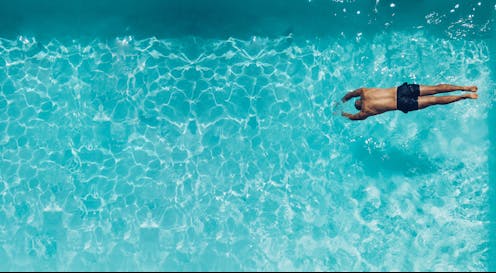Anne Carson’s lyrical, surreal new work strategically pricks literary seriousness
- Written by David McCooey, Professor of Writing and Literature, Deakin University

Wrong Norma[1], the latest collection of writings (and drawings and facsimiles) by the feted Canadian poet Anne Carson[2], is a work full of allusions, quotations, references, parody and other forms of stylised evocation.
Sometimes the allusions are more buried than a quick Google allows for. The opening piece 1=1, for instance, is a meditation on (among other things) swimming. While considering all the swimmable bodies of water that are not being swum in, the narrator eccentrically asserts:
One by one or all at once, geographically or conceptually, putting aside gleaming Burt Lancaster, someone should be using all that water.
Out of context, with its campy imperative tone and reference to a mid-century movie star, this could almost be from a poem by the New York poet Frank O’Hara[3]. But the narrator of 1=1 quickly moves on to a more contemporary concern: “refugees in a makeshift plastic boat” – one of a number of references in Wrong Norma to political, ethical or legal concerns.
Review: Wrong Norma – Anne Carson (Jonathan Cape)
But what of Burt Lancaster, whose presence seems enigmatic compared to the morally urgent maritime asylum seekers?
Lancaster played the lead role in The Swimmer[4] (1968), an adaptation of a story by John Cheever[5], in which the protagonist seeks to “swim home” across the backyard pools of well-heeled Connecticut. This quasi-surrealist conceit, which brings together the real and the gently fantastic, is an appropriate allusion for Carson’s book, which also inhabits the liminal spaces between everyday reality and the extra-rational categories writers traffic in: the lyrical, the surreal, the absurd, and so on.

















